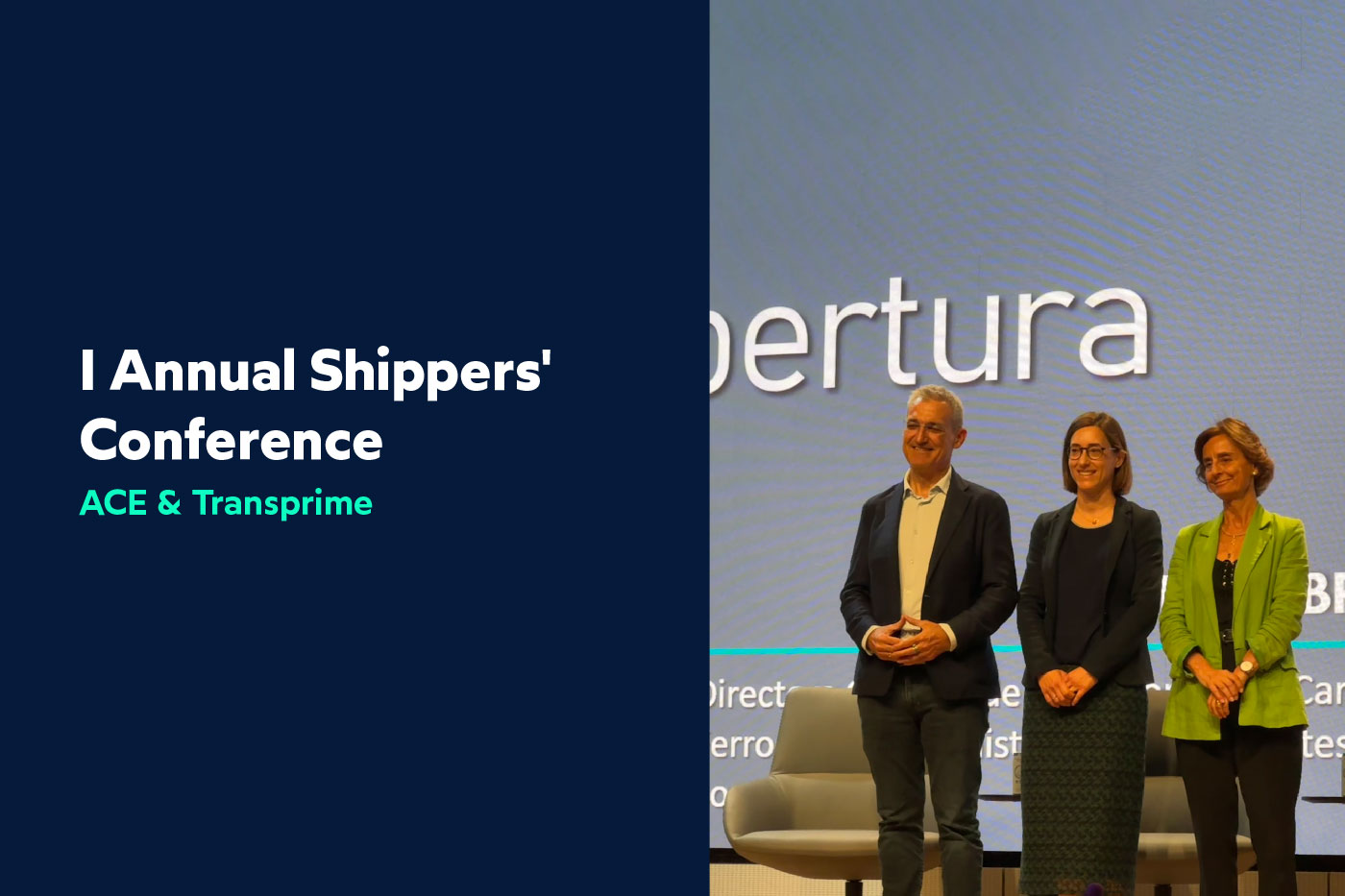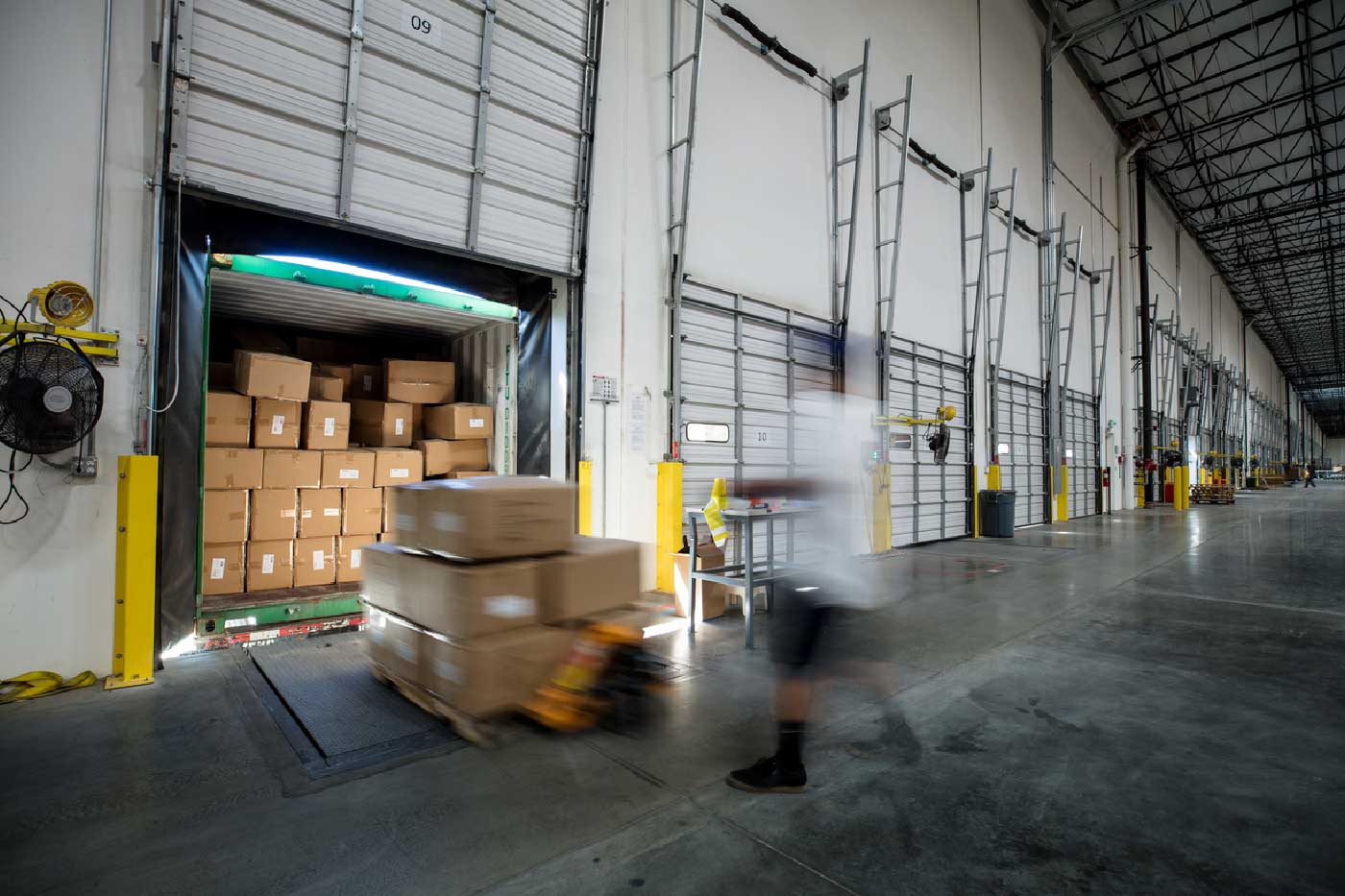covid-19 is putting the need for a resilient supply chain on the table. This trend implies a service capable of withstanding extreme situations and adapting to a changing environment. In this article we focus on how to have visibility of the transportation chain in a comprehensive way through collaboration.
Thus approached, the concept of resilience has a positive connotation, as it puts people and institutions on the right path to overcome uncertainty and adverse circumstances with proactivity.
Both of these objectives can only be achieved at the supply chain level through the appropriate and intensive use of technology. It is not only a matter of having indicators for each of the links that make up a supply chain, but also of having tools capable of analyzing the situation, recording incidents and assisting in decision making.
A recent study by Deloitte states that the healthcare crisis has called into question the current supply chain management model. Prior to covid-19, logistics management has focused for the past two decades on reducing costs and inventories, as well as optimizing asset utilization.
This trend has meant that most companies have been progressively slimming down their supply chains, which has made them less flexible in the face of global disruptions such as the one caused by the pandemic.
This dramatic lack of reactivity has also been contributed to by the increasing complexity of supply chains, especially in the most widespread and globalized ones.
In this context, many companies are unaware of the weaknesses generated by the situation and see their market presence deteriorating without being fully aware of the causes of this poor performance.
In this context, Deloitte estimates that more and more companies are leveraging the use of new technologies to support supply chain management.
In particular, new developments are focused on dramatically improving visibility across the end-to-end supply chain to strengthen companies’ ability to withstand global disruptions and increasingly frequent crises.

Towards a new logistics management model
As a result, the traditional linear supply chain model is being transformed. Thus, the concept of the supply chain gives way to that of the supply network, a new model in which values such as visibility, collaboration, agility and optimization are of paramount importance.
Deloitte’s analysis estimates that the companies that have best adapted to the impact of this unexpected pandemic are those that have managed to establish closer collaborative relationships with their suppliers, especially in the area of logistics and transportation activities.
In the logistics sector, the implementation of new technologies is associated with the needs of customers to cover all the information generated by their supply chain.
Customers therefore have a driving role to play in the introduction of visibility systems designed to provide information that will enable them to manage the flow of goods in an appropriate manner.
Thus, thanks to the use of communication technologies, it is possible to collect data that, if properly interpreted, will later be crucial to adapt to a changing and uncertain environment.
As with the Deloitte case, a McKinsey study shows that transportation and logistics companies that boost resilience are better able to increase their turnover in times of crisis.
Transportation, crucial to the visibility of new supply chains
In a scenario that calls for greater supply chain visibility , relevant and real-time information plays a crucial role.
In transportation, there can be significant blind spots that hinder the visibility of the supply network and prevent the adjustment of means to optimize resources and improve the profitability of operations.
However, gaining full visibility of transport operations can only be achieved through full and open collaboration with the providers of these logistics services.
In this hand-in-hand work, trust plays as important a role as technology in facilitating relationships, as well as in creating a trustworthy and collaborative environment.
Visibility software is therefore a special link for any company to streamline its logistics costs with the collaboration of its transport providers who, thanks to this tool, can also optimize costs.
In this way, technology becomes a vector for improving the chain with the capacity to improve the profitability of both the companies themselves and their suppliers.
FIELDEAS Track and Trace, a key tool for collaboration
In the same vein, FIELDEAS Track and Trace offers comprehensive visibility softwarewith a business perspective that provides complete route traceability.
With this ability to reach the different aspects of business management, the visibility software allows to have records of the transport in all its phases, without blind spots and in a visual application that allows a quick detection of any incident.
With the software you are able to to have real-time information on each and every one of the events The system generates customized service indicators to manage incidents almost as soon as they occur.














